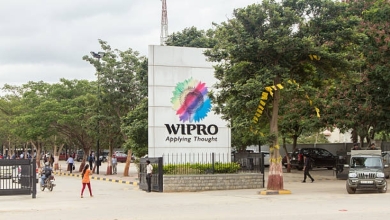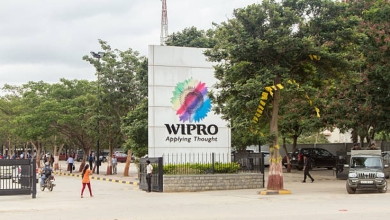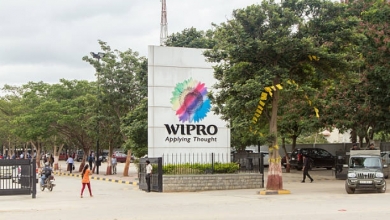
US-listed Wipro's 2019 State of Cybersecurity Report shows that 15% of organizations have a security budget of more than 10% of their overall IT budgets. Security is now a top priority, it found, with one in five CISOs are now reporting directly to the CEO. 65% of organizations are tracking and reporting regulatory compliance, and 25% of organizations are carrying out security assessments in every build cycle. In addition, 39% of organizations now have a dedicated cyber insurance policy. All of these points showed dramatic increases from previous years.
The annual study is based on three months of primary and secondary research, including surveys of security leadership, operational analysts, and 211 global organizations across 27 countries. More data is exposed, yet there has been a decline in the number of publicly disclosed breaches. While the number of significant publicly reported breaches decreased by 25%, the number of records exposed during attacks increased by 164% to 232 records exposed per second. Attackers also targeted more specific information perceived to have higher monetary value: 38% of the data records breached/targeted were a combination of personally identifiable information and security credentials such as passwords.
Cryptominers are the new big threat. Cryptominer malware surged to become the new emerging threat: 25% of global organizations were targeted by Coinhive malware alone in 2018. 80% of all cryptomining attacks originated from just three sources. Cloud and IoT security strategies are on the radar. With cloud and IoT adoption on the rise, 28% of organizations perceive cloud account hijacking as one of the top security threats to their cloud environments. 26% of organizations are prioritizing security assessment of IOT devices to mitigate new risks.
Collective wisdom trumps learning in isolation: 67% of organizations are now willing to share indicators of compromise (malicious IPs, URLs, domains), and 33% of organizations are willing to share attacker tactics, techniques, and procedures with industry peers. Information sharing and timely threat intelligence have become critical enablers in anticipating and mitigating new and developing attacks.


